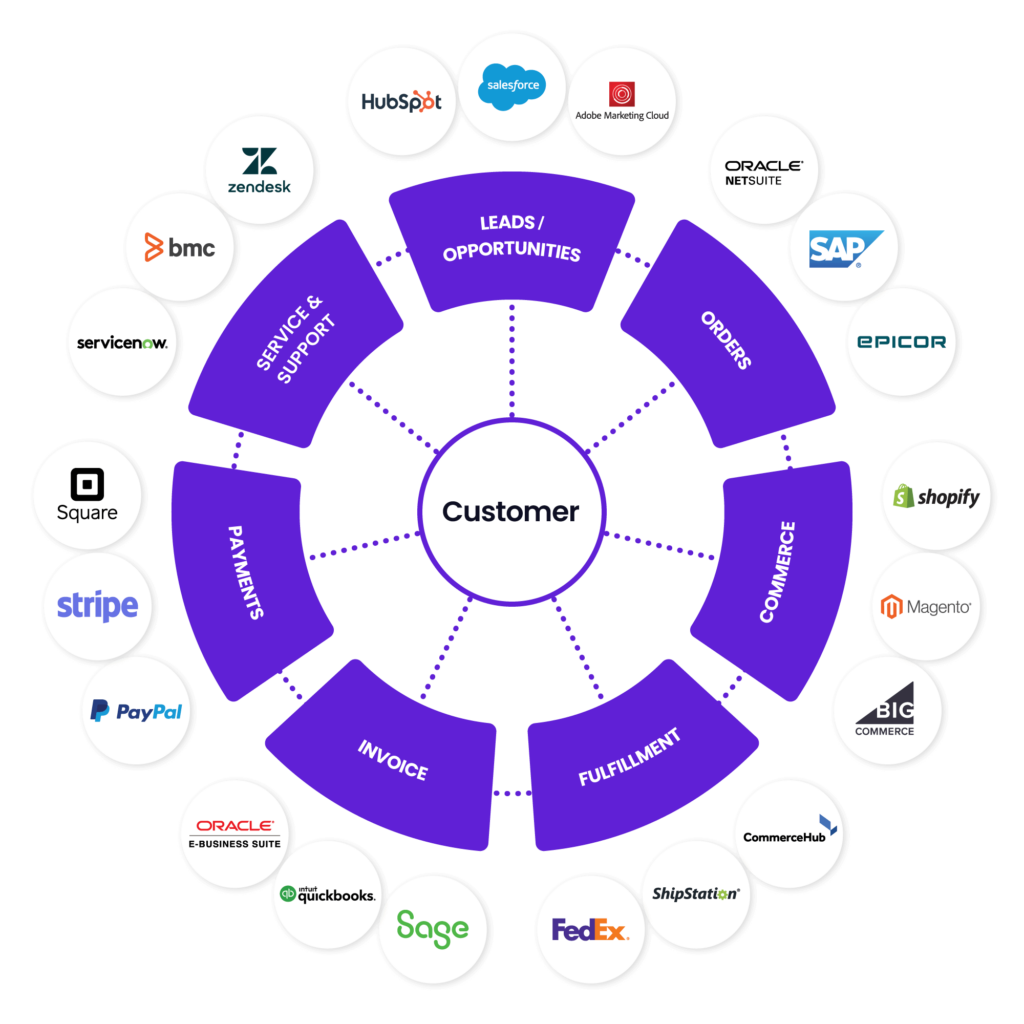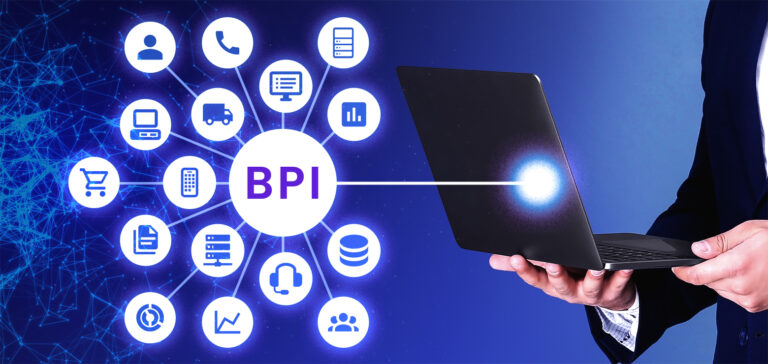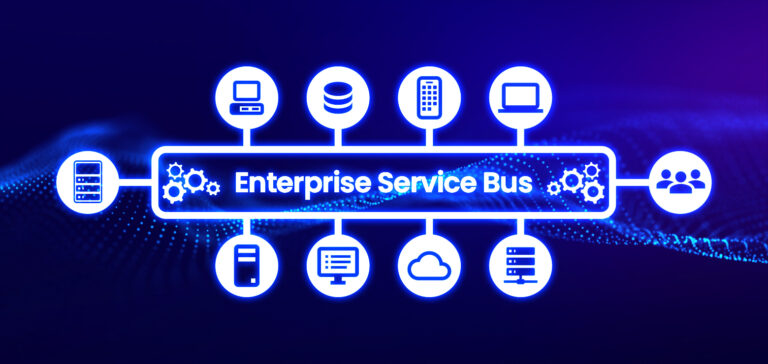By Kunal Mehta, Director, Product Marketing
Download our NEW REPORT on the 2023 State of Customer Experience Automation
How Digital Transformation is Driving the Personalized Customer Experience
Enterprises are in a race towards digital transformation. Digital transformation is often described as “a foundational change in how an organization delivers value to its customers.”1 Today’s environment demands delivering value via personalized customer data and experiences from marketing efforts and digital channels such as mobile apps, messaging apps, social media, as well as physical delivery (supported by digital communications). Channels must be connected to provide a personalized customer experience allowing a customer to move seamlessly through an entire customer journey.
While transformation initiatives have been on IT leaders’ goals for some time, the pressure to deliver new customer experiences has reached crisis mode. The Covid-19 pandemic raised the urgency of digital transformation when companies had to shift from in-person to contactless sales and services overnight. Delivering digital customer experiences became the only way to do business. IT departments were forced to pivot and rapidly develop new products and personalized customer experiences. As an example, United Airlines rolled out touchless kiosks enabled by mobile apps to print personalized bag tags in just 30 days. Walmart deployed a new two-hour, door-to-door delivery service in just two weeks. Accenture says that companies have compressed three years of digital transformation into three months.2 To achieve this seamless experience, understanding “what is customer 360” becomes crucial.
What is Customer 360?
Customer 360 refers to a 360 degree view of customer data, including all customer interactions, from a website inquiry to a product purchase to a customer support ticket. And it means that every group in the company has access to the same version of the truth about the customer.
In a recent survey, 45% of respondents aim to achieve “a single unified view of the customer” from their tools and technology investments.3 What is important to know is that a 360 degree view of customer and personalized experiences go hand in hand. Both are enabled by integrating data, applications, and APIs.
Discover Jitterbit’s low-code, pre-built options for delivering Customer 360
45% of User Survey Respondents Expect a Unified View of the Customer Data

IT’s Role in Digital Transformations through Customer 360
IT is in a unique position to champion and lead digital transformations by translating the company’s transformation objectives into a technology roadmap for achieving those goals. Leveraging data and deploying integrations are the building blocks to delivering personalized customer experiences and a customer 360 degree view, which is part of most transformations.
IT also serves as the bridge to many different departments from finance to sales to marketing to support and more. Providing relevant customer information, automating processes, and offering tools to uncover deeper insights is a core function that typically IT is in the position to make happen. Additionally, IT teams have many of the skill sets needed to execute on the technology roadmap. Those skill sets include software development, cloud computing, DevOps, data science, UX, artificial intelligence, and many more.
Customer 360 Integration Challenges for IT
IT has the capability to lead digital transformations, but it must solve some big hairy integration challenges. One critical aspect of these challenges is achieving a comprehensive Customer 360 view, which involves integrating data from various touchpoints to create a unified customer profile. There is the typical challenge of limited resources and the continual need to innovate and deliver faster to gain a competitive advantage over competitors.
Data Data Silos and Disparate Applications
Data silos are a big problem. Customer data must be integrated but enterprises often find that they lack consistent data across systems making integrations more difficult. The increasing number of disparate applications is a problem too. While the average company has 129 applications, 10% of businesses have more than 200 applications making integrations more complex.4
Integration and customer data management are core to customer experience and achieving the customer 360 view. In a recent survey by Harvard Business Review, 90% of respondents say data and system integration across all channels and products are important or very important to delivering on their customer experience strategies. Eighty-six percent say that the visibility of data across all departments is important or very important.5
Data Integration is Important to Delivering a Personalized and Seamless Customer Experience

Lack of IT Resources
IT lacks resources and tools to integrate the increasing amount of customer data, applications, and APIs. While integration is foundational to transformation, the projects require integration expertise which many enterprises do not have. If limited IT resources are applied to integration projects, the resources are unavailable to work on projects in the company’s core initiatives.
Slow Integrations Is Not an Option
Integrating disparate data, applications, and APIs takes time. But with 59% of IT decision makers saying that the pandemic has accelerated their transformation efforts,6 spending months to integrate data and systems are no longer viable in the current environment.
Lack of Reusability and Scale
IT departments care about the reusability of tools and processes to give them long-term scale. Some IT teams have inherited older integrations that were custom-coded and lack documentation. Such work is not reusable and requires resources to maintain. With the growing volume of customer data, analytics tools, applications, and APIs, solutions are needed to help scale integrations going forward.
IT is looking for solutions that will shorten the integration time for the major applications and the automation of the most common business processes. But IT still wants a solution with depth that is capable of handling larger, more complex integrations.
How to Solve Integration Challenges
IT is capable of leading digital transformations by addressing the integration challenges in delivering digital transformations.
What Type of Integration Solution Should Be Used?
Integration Platform as a Service (iPaaS) solutions are capable of integrating data, applications, and APIs and offer ease of use, pre-built integrations, and customizable templates. Modern iPaaS solutions are built on the cloud and used for application integration, data integration, B2B ecosystem integration, API publishing, multi-experience support, and IoT scenarios. Enterprise-class iPaaS platforms support integrations that enable companies to develop and manage their own integrations without needing professional services, and can provide the high availability, disaster recovery, security, and other capabilities that enterprises require.
Jitterbit Customer Experience API360
Jitterbit offers Customer Experience API360 (CX API360), which is an integration solution based on Jitterbit’s API integration platform (iPaaS platform) and the best practices of the thousands of integrations that Jitterbit customers and partners have implemented. It connects and automates disparate systems, optimizes business processes, and enables customer 360 analytics on all your customer data, partners, and products.

How Can Data Silos and Disparate Applications Be Connected to Achieve Customer 360?
Jitterbit’s Customer Experience API360 solution connects data across thousands of on-premises, SaaS, and cloud-based systems, and data sources. It simplifies integration challenges and connects to any enterprise data, application, and API. The integrations automate and optimize business processes across the customer lifecycle and provide customer 360 analytics to all groups in the company.
How Can Integrations Be Accelerated with Fewer IT Resources?
Rather than relying solely on IT resources to custom-build data integrations and process automation, Customer CX API360 includes a complete toolkit that consists of a full lifecycle APIM suite for real-time data access, out-of-the box Process Templates, Application Connectors, and Integration Recipes.
Process Templates are packaged solutions of pre-built integrations that are based on the most common use cases. Process Templates for Salesforce and NetSuite integrations are available which combine Salesforce and NetSuite connectors, pre-built workflows, and integrated processes. Here are some of the use cases with pre-built workflows:
- Salesforce-NetSuite Opportunity-to-Order
- Salesforce-NetSuite CPQ to Billing
- Salesforce-Workday Opportunity-to-Contract
- NetSuite ERP – Magento Invoice-to-Fulfillment
- NetSuite ERP – Microsoft Dynamics CRM Opportunity-to-Order
- NetSuite ERP – BigCommerce Order-to-Fulfillment
- NetSuite-Shopify Fulfillment
The Customer Experience API360 toolkit is proven to speed up the automation of business processes by up to 80%.
Thirty-six percent of customers have experienced a faster time to market while increasing revenue by 56% and operational efficiency by 40%.
How Can Reusability and Scale Be Achieved?
The Jitterbit Customer Experience API360 toolkit has powerful components that shorten integration time and provide standardization of integrations and the reusability of code. The most common integration and workflows can be easily implemented with Application Connectors, Process Templates, and pre-built workflows. The more unusual and complex integrations can be custom-designed and deployed. The toolkit handles both types of integrations, enabling integration scalability.
Learn more about Jitterbit’s Customer Experience API360 solution for Salesforce and NetSuite.
Customer 360 Case Study: JELD-WEN
For a great example, view the Jeld-Wen Case Study here.
The Takeaway: IT Will Lead Digital Transformations by Implementing Customer 360
This is a defining moment for the enterprise to rapidly deliver personalized customer experiences and achieve a 360 degree customer view. IT is in a unique position to champion, lead, and successfully deliver digital transformations. However, integration challenges must be solved by connecting and analyzing customer data, applications, and APIs. Increasing the speed of integrations while minimizing IT resources is key. The fastest way forward is to integrate with an Integration Platform as a Service (iPaaS) solution with pre-built integrations, which can also help streamline business processes. With the future of enterprises at stake, IT has the opportunity to step up and lead.
Take a closer look at Jitterbit’s customer data management and experience solution.
1 Clint Boulton, What is Digital Transformation? A Necessary Disruption. CIO, September 17, 2020.
2 For Many CIOs, 2020’s Digital Acceleration Was Only the Beginning. Wall Street Journal, January 4, 2021.
3 Narrowing the Customer Experience Divide through IT Solutions. Harvard Business Review, 2020.
4 Employees Are Accessing More and More Business Apps, Study Finds. Wall Street Journal, February 7, 2019.
5 Narrowing the Customer Experience Divide through IT Solutions. Harvard Business Review, 2020.
6 Clint Boulton, What is Digital Transformation? A Necessary Disruption. CIO, September 17, 2020.



